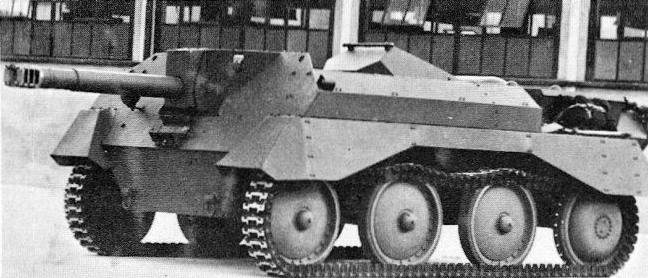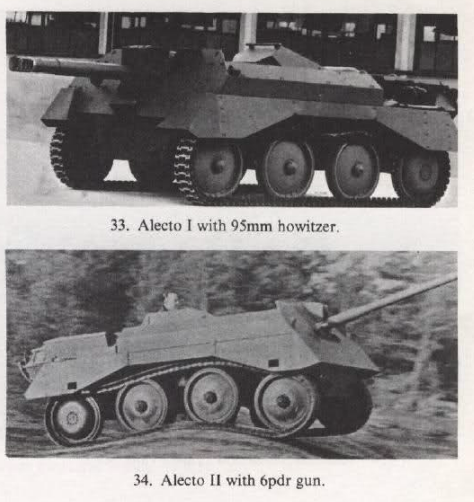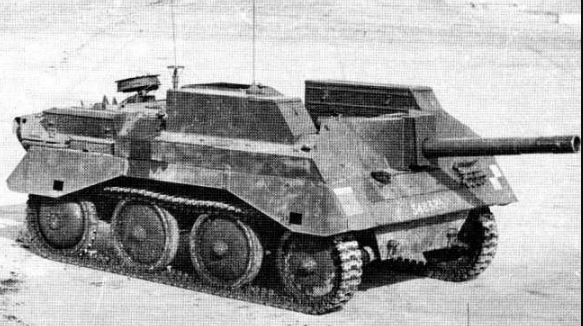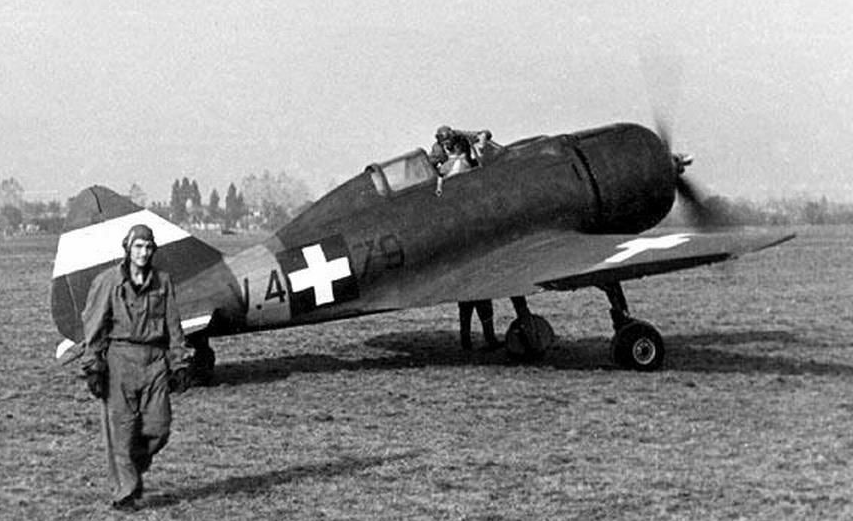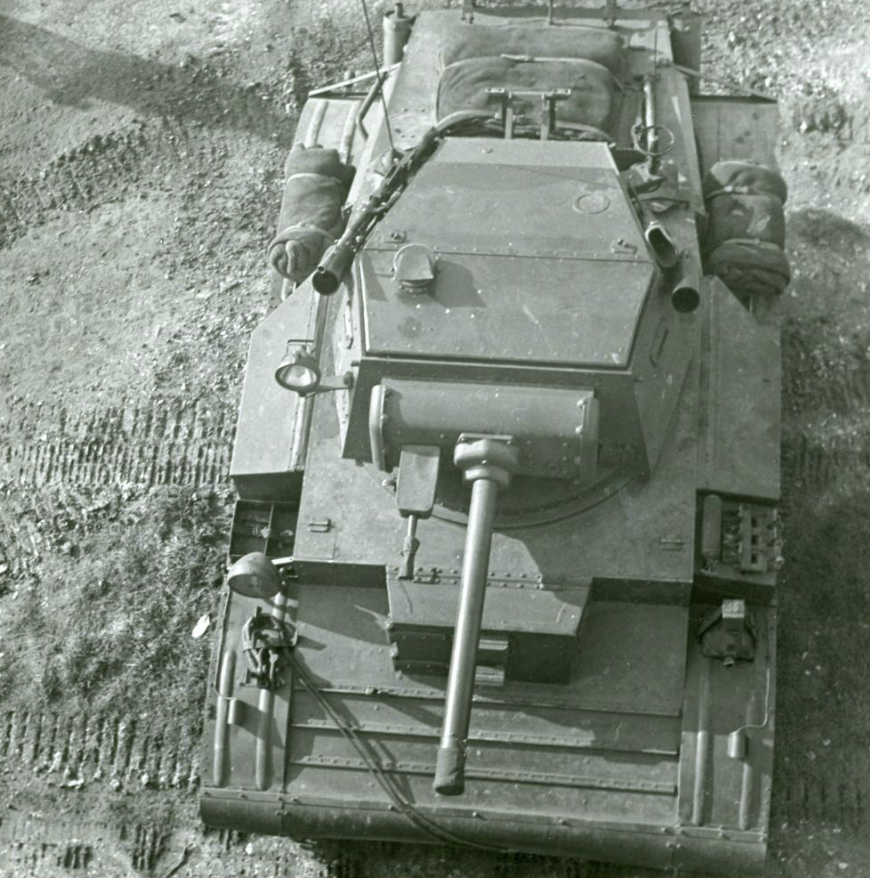The Alecto: Vickers' Self-Propelled Howitzer design of World War II
- kismber

- Dec 26, 2023
- 2 min read
Amidst the tumult of World War II, the British company Vickers embarked on a project that would give rise to the Alecto, initially designated the Harry Hopkins Mk 1 CS. This self-propelled gun sought to carve its niche in the annals of armored warfare, seeing the success of the similar German designs.
In 1942, Vickers initiated a project centered around a 3.75-inch (95 mm) howitzer, laying the groundwork for what would become the Alecto. Two prototype guns were manufactured, with one selected for mounting on the chassis of the Light Tank Mk VIII, known as the "Harry Hopkins." This marked the inception of a vehicle with a weight slightly exceeding 8.5 tons and a crew complement of 3 or 4 members. Much like its predecessor, the Harry Hopkins, the Alecto boasted skid steering, a system that manipulated the tracks through lateral movements of the central road wheels. The gun itself found its place in an open-topped structure. By not having fully enclosed fighting compartment the weight of the vehicle could be reduced hence it was hoped it would showcase a healhty blend of maneuverability and firepower.
While the Alecto promised to be a great addition to the British armored arsenal, the first trials did not commence until late 1944. These tests unearthed various challenges that needed resolution. However, by the time solutions were identified, the European theater of war had witnessed its conclusion. The project faced an uncertain future, with little perceived potential for deployment in the conflict against Japan. Notably, some Alecto vehicles completed in 1945 were equipped with hydraulically operated bulldozer blades, earning them the designation Alecto Dozer. This versatility hinted at the potential adaptability of the platform for various wartime tasks beyond its role as a self-propelled gun. A limited number of Alecto Is saw completion, and some briefly served with the British Army in post-war Germany.
While the self-propelled gun concept proved successful for German and Soviet forces during World War II, Vickers faced challenges in developing a competing design. The Alecto's journey, though marked by obstacles and curtailed by the changing tides of war, offers a unique perspective on the complexities of armored warfare innovation.

